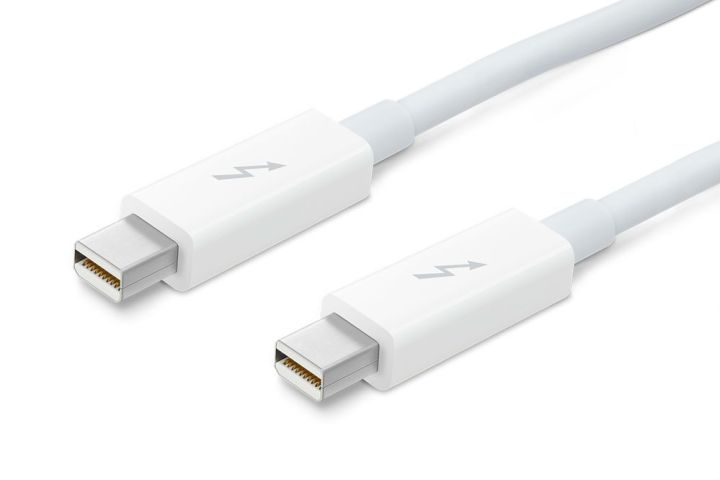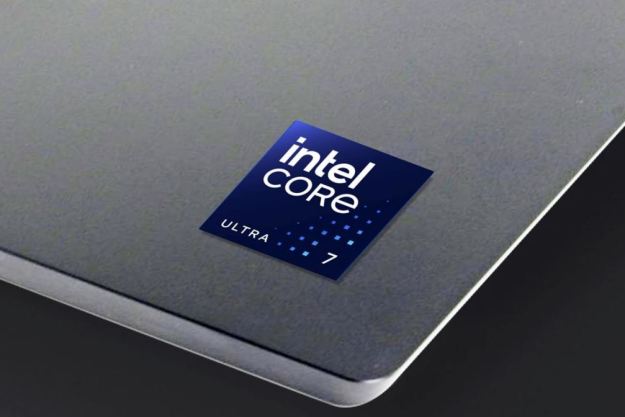Thunderbolt is a type of hardware interface technology that is used to connect various devices to a PC. You’ve likely already seen Thunderbolt in the form of its distinctive ports and cables — the latest generations use the USB-C connector. That’s the quick definition. But if you’re here, you’re probably looking for a more comprehensive explanation of what Thunderbolt is, and why it differs from USB-C.
In this guide, that’s exactly what you’ll get: We’ll go over some of its current iterations and how they compare, how Thunderbolt is different from USB-C, how to identify Thunderbolt ports, and find out the latest on when Thunderbolt 5 will launch. Now let’s take a closer look at
Thunderbolt 3 vs. Thunderbolt 4

Since Thunderbolt was introduced in 2011, there have been a number of different versions of it. But these days, if you’re shopping for a device that features
Introduced in 2015, Thunderbolt 3 features a USB-C connector, a max transfer speed of 40GB/s, and up to 15W of power for running accessories. It can also support one 4K display and is compatible with USB4 specification.
Launched in 2020, Thunderbolt 4 is the latest version of its connection technology that’s currently available. Thunderbolt 4 still has the same max transfer speed as
Unlike Thunderbolt 3,
Is Thunderbolt the same as USB-C?

No. Though Thunderbolt has recently incorporated the use of USB-C connectors, they’re still different connection technologies. So just because
Do Thunderbolt and Thunderbolt 2 accessories work with Thunderbolt 3?

They can, but not without help. Thunderbolt 3’s USB-C connection isn’t compatible with devices based on
How do I know if I have a Thunderbolt port?
There are two main ways to know: You can either see if there is a thunderbolt icon next to your device’s USB-C port or you can check your device’s tech specs online to see if it mentions
When will Thunderbolt 5 launch?
While Intel officially introduced Thunderbolt 5 in September 2023, the exact launch date for Thunderbolt 5 has not been announced yet.
We’ll update this section once we know more.
Editors' Recommendations
- Best HP laptop deals: Get a 17-inch workhorse for $280 and more
- The best MacBook to buy in 2024
- The best 17-inch laptop deals from HP, LG, Razer, and more
- The best business laptops from Apple, Lenovo, Dell, and more
- The best laptops for writers from Apple, Dell, HP, and more



